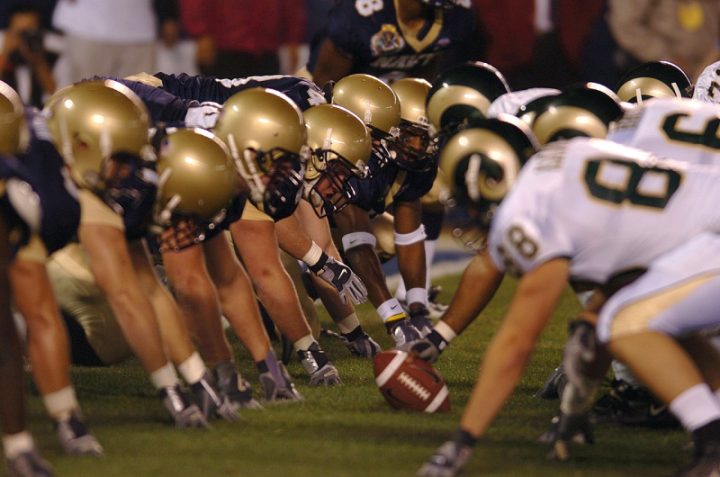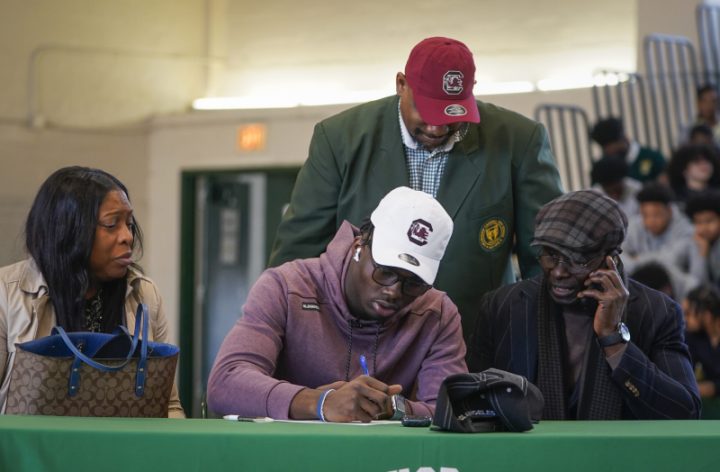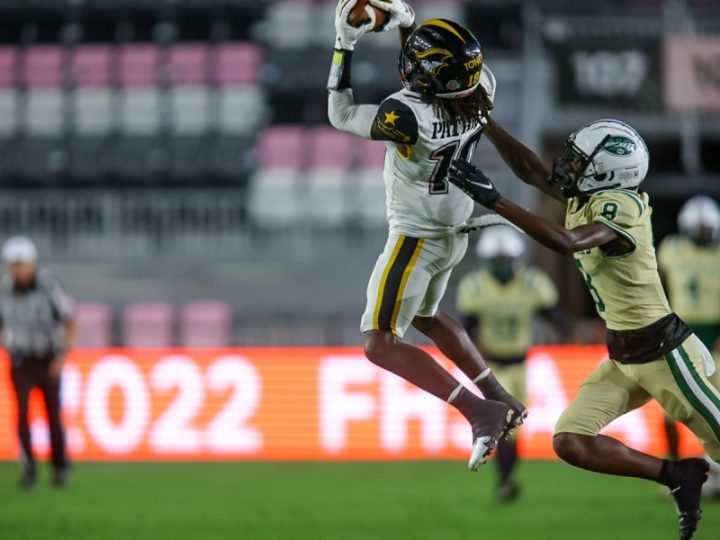NCAA Eliminates the National Letter of Intent: What It Means for Football Recruits and Parents
NCAA Eliminates the National Letter of Intent: What It Means for Football Recruits and Parents
In a significant move, the NCAA recently announced that it will be eliminating the National Letter of Intent (NLI) program. This change, effective immediately, is set to reshape how college football recruiting works, and it’s important for both recruits and their parents to understand how this may impact the path to college football scholarships.
What Was the National Letter of Intent?
The NLI was a binding agreement between a prospective student-athlete and a college. When a recruit signed the NLI, they were essentially committing to attend that school and play for their athletic program. The school, in return, promised the athlete an athletic scholarship. Once the NLI was signed, other schools were no longer allowed to recruit the athlete.
The NLI program was created in 1964 as a way to formalize and streamline the recruiting process, but over the years, it became a point of contention. Some felt that the NLI unfairly locked athletes into situations that might not be ideal, especially if a coach left the program or other circumstances changed.
What Replaces the NLI?
Going forward, the NLI will be replaced by a written offer of athletics aid. When a recruit signs this new document, they are committing to the school in exchange for a scholarship, but the terms are less restrictive than the NLI. The new agreement allows athletes more flexibility, particularly in situations where coaching changes or other unforeseen factors might impact their decision to attend a school.
Importantly, once the written offer is signed, the athlete’s recruitment from other schools will stop, similar to the NLI. However, the flexibility built into this new system means that athletes will have more options if their situation changes after signing.
How Will This Impact You or Your Child’s Recruitment?
- More Flexibility for Athletes
The removal of the NLI gives athletes greater freedom when it comes to making decisions about their future. In the past, if an athlete signed an NLI and then had second thoughts due to a coaching change or another factor, they were essentially stuck unless the school granted them a release. Now, recruits will have more room to navigate these kinds of changes without being bound to a restrictive agreement. - Increased Importance of Communication
Without the NLI, both athletes and parents will need to focus more on clear communication with college coaches. Since the written offer of athletics aid will still bind the athlete to the school, it’s critical to be certain that the program is the right fit before signing. Make sure you and your child have discussed the coaching staff’s plans for their development, their role on the team, and any other factors that are important to making a well-informed decision. - Better Opportunities to Reconsider Decisions
Coaching changes are common in college football, and in the past, athletes were left in a tough spot if the coach they committed to left after signing the NLI. With this new system, athletes may have more freedom to reconsider their options if a key factor changes after signing the offer. This flexibility can help families feel more comfortable about committing to a school without the fear of being locked in too early. - Coaches May Adjust Their Recruiting Approach
For those currently being recruited, expect college coaches to adjust their strategies. The absence of the NLI means that schools may take a more proactive approach to staying in touch with recruits, ensuring they feel secure in their decision. Coaches will likely spend more time building relationships with recruits to give them confidence in their program before a written offer is signed. - Expect the Unexpected
With the NCAA moving toward more athlete-friendly policies, it’s possible that more changes could come in the near future. Staying informed and engaged with the recruiting process is key. Make sure to regularly communicate with the coaching staff and use all available resources to stay updated on changes that could impact your recruitment journey.
Final Thoughts
The elimination of the National Letter of Intent is a big shift in the college football recruiting landscape. While the new written offer of athletics aid still binds an athlete to a school, the increased flexibility gives recruits and their families more options if their situation changes. It’s an important time to stay informed and engaged with coaches, ensuring that the school and program are the right fit before making a final decision.
As you continue navigating the recruiting process, keep in mind that changes like these are meant to give athletes more control over their future. If you have any questions or need guidance on how this affects your recruiting journey, feel free to reach out for more information.






